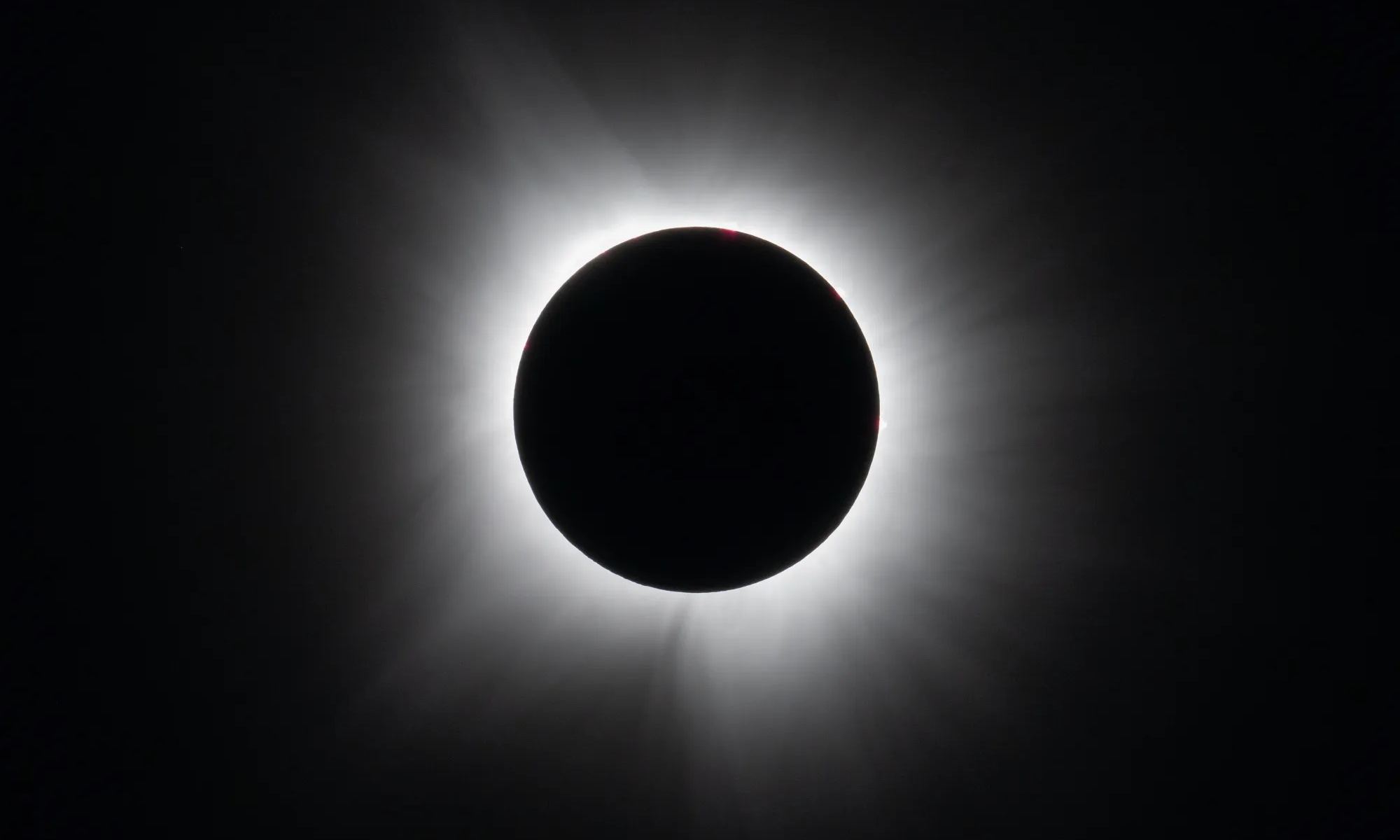Millions of people took a trip over to the US or Mexico to try and catch a glimpse of the 2024 total solar eclipse. Whether you took the trip or not, if you have since been bitten by the eclipse bug then there are three upcoming eclipses over the next couple of years. August 2026 sees an eclipse passing from Greenland, Iceland and Spain, 2027 sees an eclipse over North Africa and in 2028 Australia all be the place to be. With loads of possibilities for all locations, it’s time to get planning.
Continue reading “Here are the Next Three Total Solar Eclipses Coming Up”Which Animal Has Seen the Most Total Solar Eclipses?

In a paper published on the 1st April, author Mark Popinchalk reported upon a fascinating piece of research focussing on which animal has seen the most solar eclipses! It turns out that, whilst us humans have seen our fair share we are nowhere near the top of the list. According to Popinchalk, the horseshoe crabs have seen a staggering 138 trillion solar eclipses across the entire species. We are hot on their heels but it won’t be until about 10 million years that we catch up!
Continue reading “Which Animal Has Seen the Most Total Solar Eclipses?”NASA Mission Had the Perfect View for the Recent Solar Eclipse
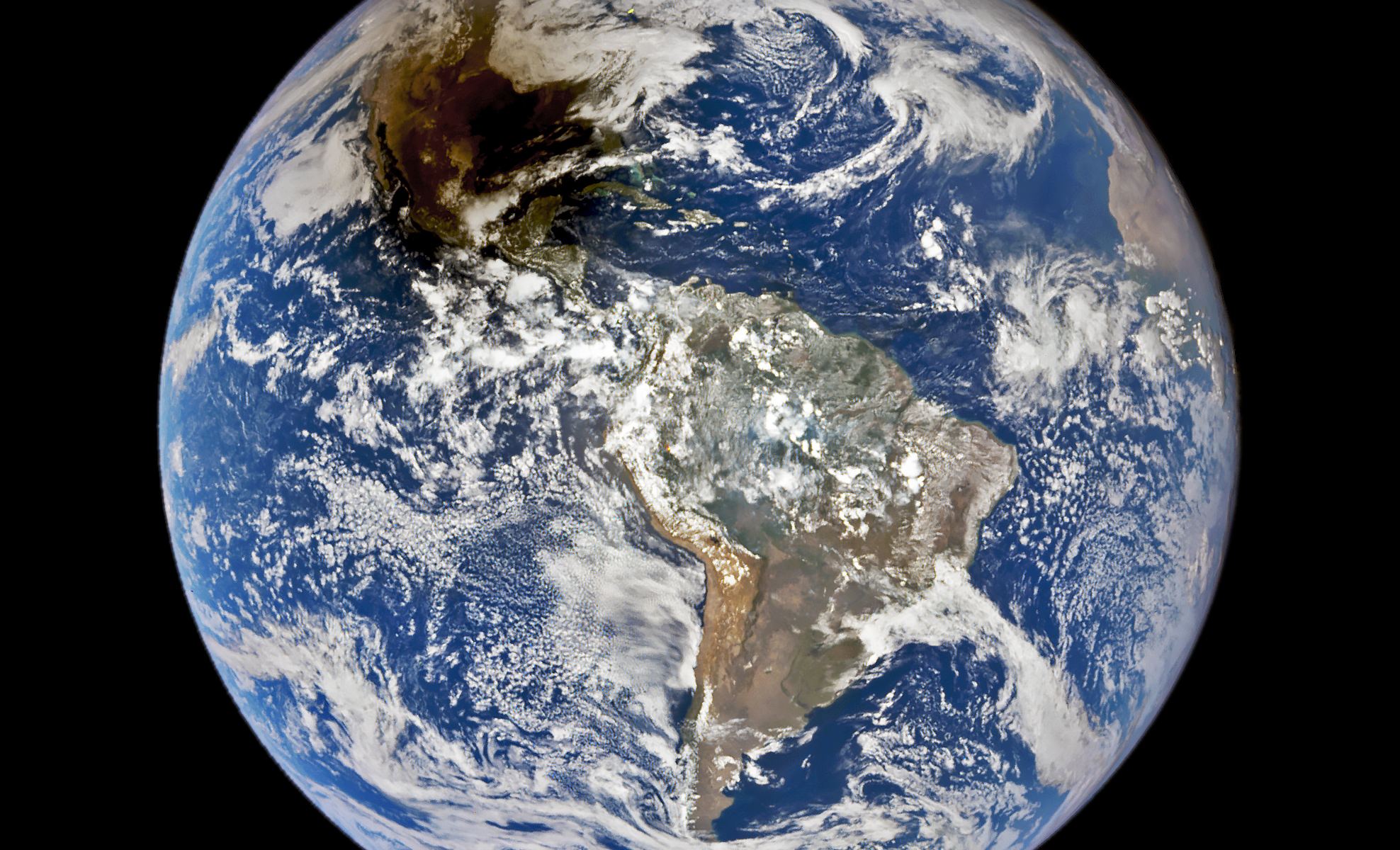
Eclipse-gazers across the United States got a chance last weekend to watch as the Moon aligned with the Sun to create an annular eclipse. They watched from the ground for a short experience of not-quite-darkness. NASA’s Deep Space Climate Observatory (DSCVR) caught the action from Earth orbit for a different view of the event.
Continue reading “NASA Mission Had the Perfect View for the Recent Solar Eclipse”Want to Safely Watch the Sun With a Large Group? Get a Disco Ball

The upcoming solar eclipses and the current high sunspot activity means it’s a great time to observe the Sun. Eclipses also mean that large groups of people will be together to view these events. However, rule #1 for astronomy is to never look at the Sun with unprotected eyes, especially with a telescope or binoculars.
So, how can you safely show the changing Sun to a large group of people without having them line up forever to look through a telescope with a solar filter, or having a lot of equipment?
A group of astronomers have a solution: Get a disco ball.
Continue reading “Want to Safely Watch the Sun With a Large Group? Get a Disco Ball”It's Time to Start Planning Your 2023/2024 Eclipse Adventures
Remember how exciting it was in 2017 when a total solar eclipse crossed the United States? We’re in for two more well-placed eclipses over the next year, so it’s time to get organized to take advantage of these unparalleled celestial events.
On October 14, 2023, an annular eclipse will be visible to millions of people in the US, crossing northwest to south central, from the coast of Oregon down to the Texas Panhandle.
Then, on April 8, 2024, a total solar eclipse will be visible to millions more, crossing south central to northeast, from southern Texas to Eastern Canada. It will be visible in parts of Mexico, too.
Now is the time to make plans of where you want to be for either or both events. But, if you live near San Antonio, don’t go anywhere! You’ll get to see both eclipses right from your backyard.
No matter where you live, if you have the opportunity to see a solar eclipse – whether it is annular or total – DO IT!
Continue reading “It's Time to Start Planning Your 2023/2024 Eclipse Adventures”One Total Lunar Eclipse Photo to Rule Them All
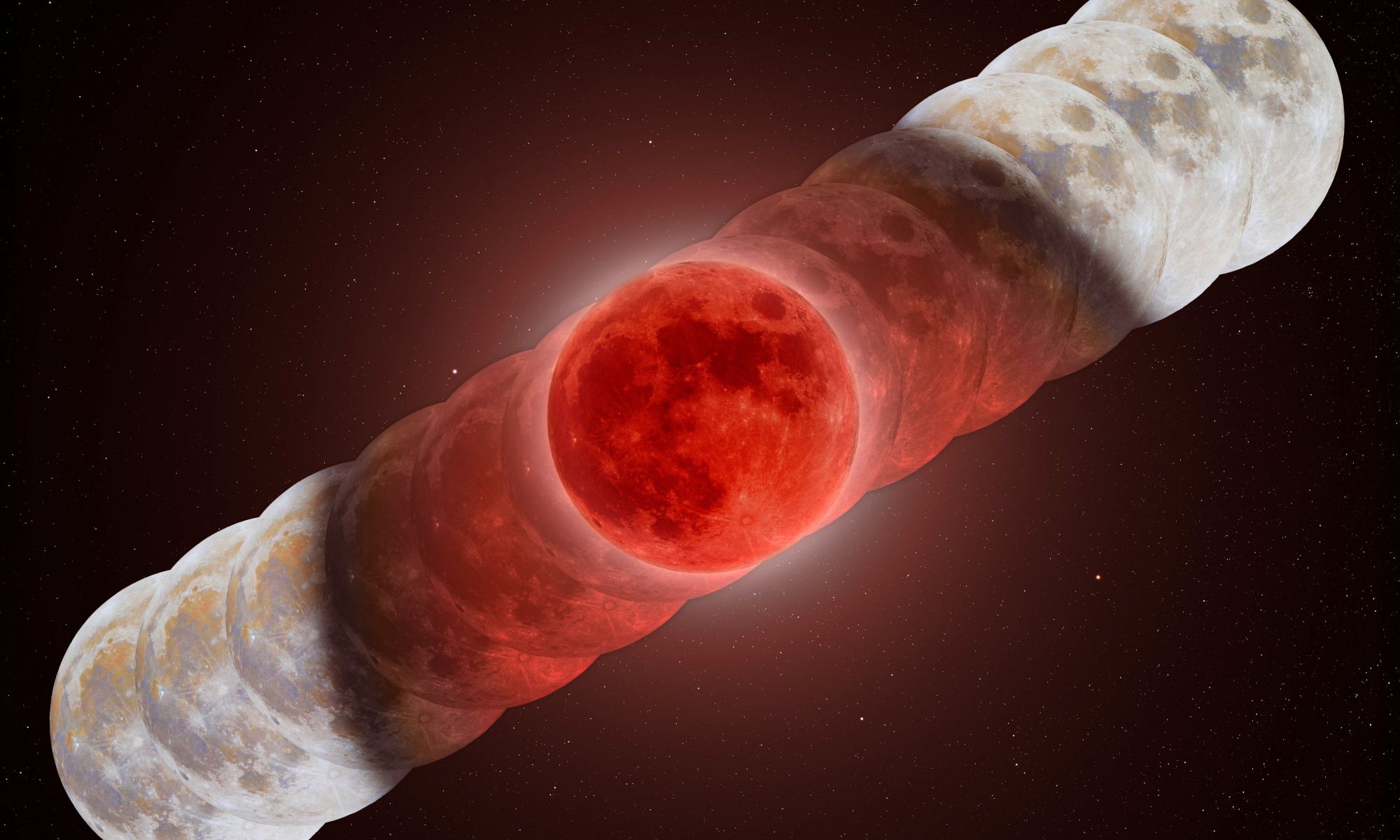
We’ve seen some great images from the total lunar eclipse this week. But this one might top them all. Astrophotographer Andrew McCarthy created this incredible composite image, showing the Moon in various stages of the eclipse throughout the night.
“The size and shape of Earth’s shadow is clearly visible here,” McCarthy said on Twitter. “These events are absolutely magical to witness and quite surreal.”
Continue reading “One Total Lunar Eclipse Photo to Rule Them All”Stunning Photos from the November 8, 2022 Total Lunar Eclipse
Did the skies above you cooperate this morning to see the total lunar eclipse? Mine did not, and Fraser reports he was clouded out as well. But thankfully, we can live vicariously through all of the wonderful friends and astrophotographers who have shared their jaw-dropping photos of the blood Moon, Beaver Moon total lunar eclipse. This is the last total lunar eclipse until March 14, 2025.
Our lead image, a composite from University of Arizona Professor Eliot Herman shows a series of views throughout the eclipse. “This Lunar eclipse had soft gradations of color that was quite beautiful,” Herman said on Flickr. “This series of photos begins just before totality and ends just after totality. All images are 15 images stacked captured with a Questar telescope, Baader UV/IR filter, and a Nikon Z7II.”
Continue reading “Stunning Photos from the November 8, 2022 Total Lunar Eclipse”The Lunar Eclipse, Seen From the International Space Station
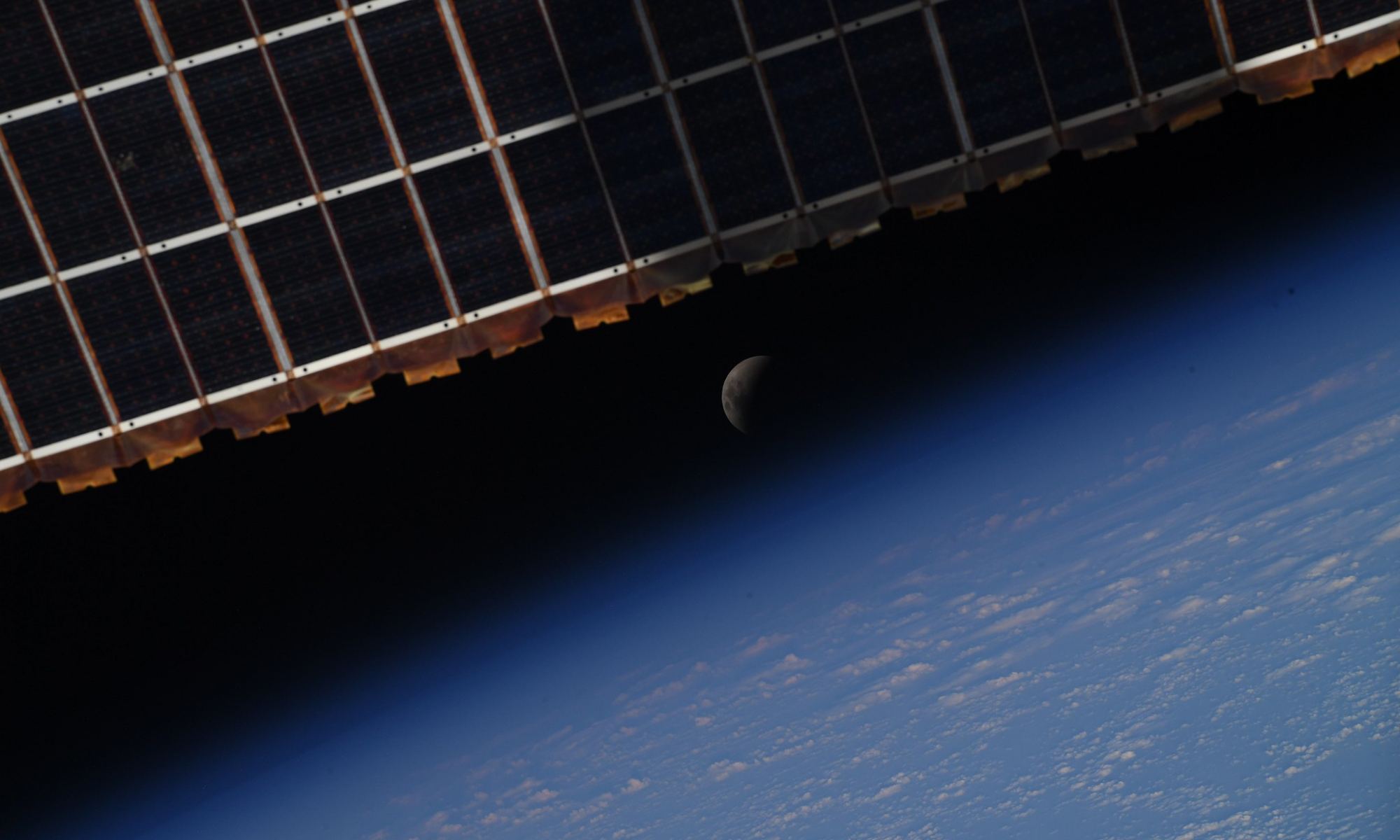
If you were able to witness the lunar eclipse on May 15-16, 2022, the view of the dark red Moon was stunning. But what would such an eclipse look like from space?
Wonder no longer. ESA/Italian astronaut Samantha Cristoforetti captured a series of photos of the lunar eclipse from her unique vantage point aboard the International Space Station (ISS).
Continue reading “The Lunar Eclipse, Seen From the International Space Station”Wow! Perseverance Sees a Solar Eclipse on Mars
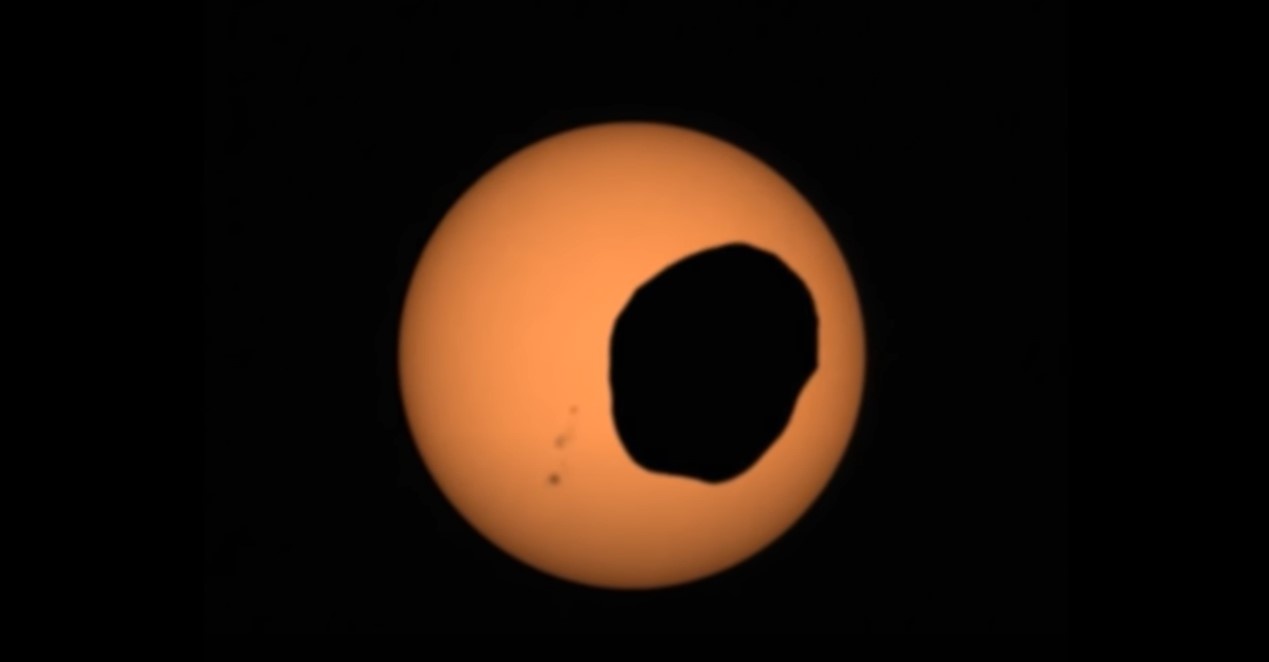
Imagine standing on Mars, and seeing this with your own eyes.
Continue reading “Wow! Perseverance Sees a Solar Eclipse on Mars”Partial Solar Eclipse Images from Around the World
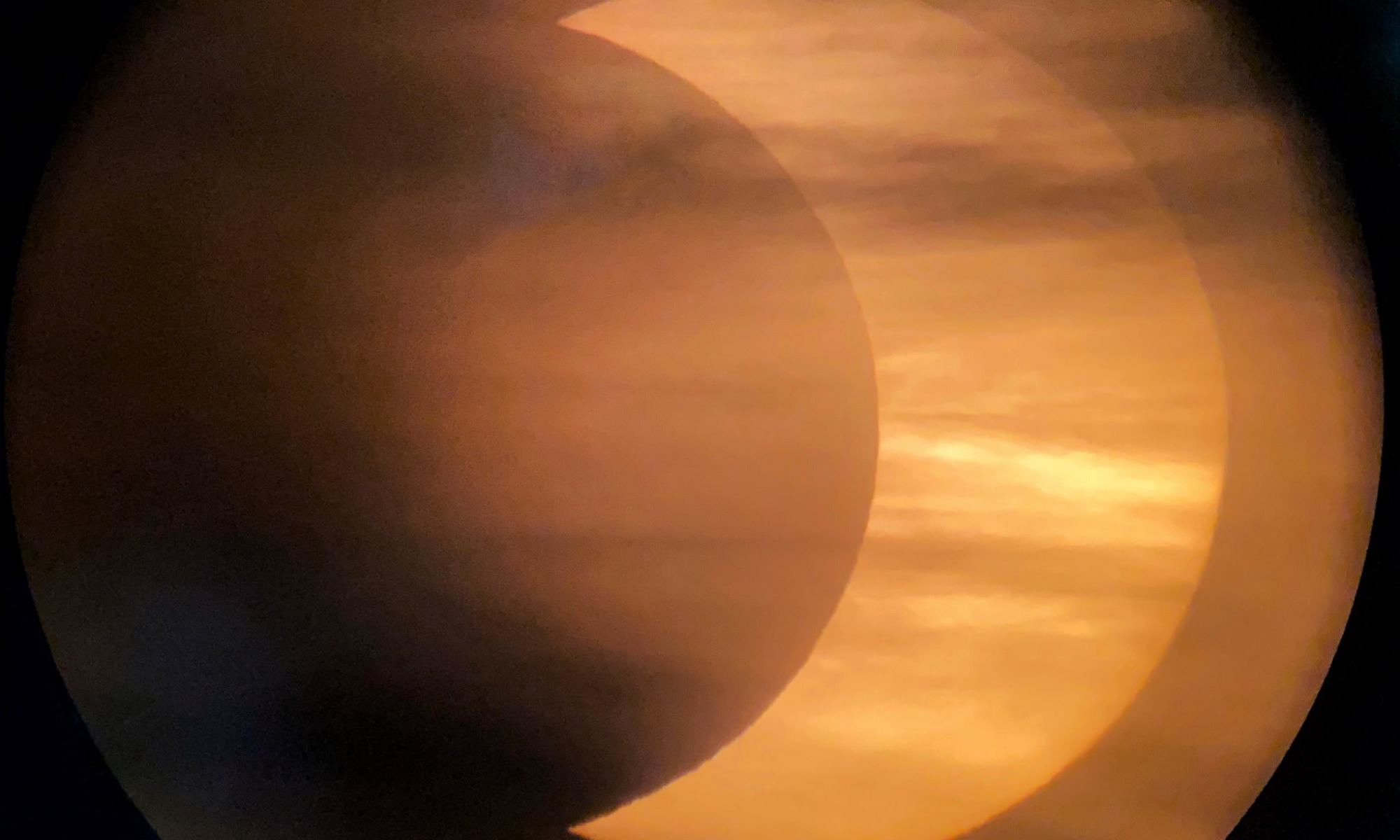
People across the northern hemisphere looked up today – taking the correct precautions, of course – and were treated to a partial solar eclipse. The partial eclipse covered a region thousands of kilometres wide across most of Europe, northern Asia and north central and north eastern North America. An annular or “ring of fire” solar eclipse was visible to some parts of Greenland, Northern Russia, and Canada.
Our unique lead image comes from Andrew Symes from Ottawa, Canada, who took this photo with his iPhone 11 Pro through his Celestron NexStar 8SE telescope, providing a fun and interesting look at his view of the eclipse!
See more below from Universe Today’s Flickr group, as well as from Twitter.
Continue reading “Partial Solar Eclipse Images from Around the World”
